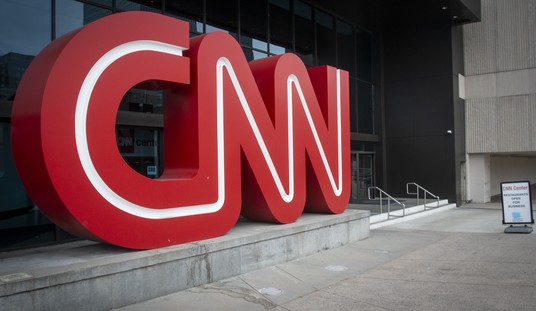In 2025, the federal government will see its most significant single-year reduction in civilian employment since World War II, with 300,000 fewer workers by year’s end. The federal workforce is expected to shrink from 2.4 million to 2.1 million employees, a 12.5 percent decrease, primarily driven by efforts from the newly established Department of Government Efficiency (DOGE).
The new director of the Office of Personnel Management (OPM), Scott Kupor, recently confirmed that about 80 percent of these reductions come from voluntary buyouts and transition programs designed to help employees move on with financial support. The remaining 20 percent were involuntary layoffs. Kupor emphasized that these buyouts were intentionally structured to be generous and provide ample time for affected workers to find new opportunities.
This downsizing surpasses previous cuts made by presidents, including former Presidents Reagan and Clinton, which occurred over multiple years. In contrast, the Trump administration also enacted significant workforce reductions during its tenure, including dismantling agencies like the U.S. Agency for International Development, which cut 10,000 jobs. Notable reductions have also occurred at the Department of Health and Human Services, where over 20,000 employees either accepted buyouts or were let go, and the Internal Revenue Service, which has seen approximately 7,300 dismissals.
Kupor, who transitioned from a private-sector leadership role at venture capital firm Andreessen Horowitz, acknowledged the personal impact these job losses have on families and communities. He expressed empathy for those affected while underscoring the government's need to streamline its workforce for greater efficiency.
Looking ahead, Kupor does not anticipate any further large-scale layoffs this year, signaling that the most intensive phase of federal workforce reduction may be concluding. This historic downsizing marks a shift toward a leaner federal government, aligning with long-standing conservative goals to reduce bureaucracy and improve operational efficiency.


